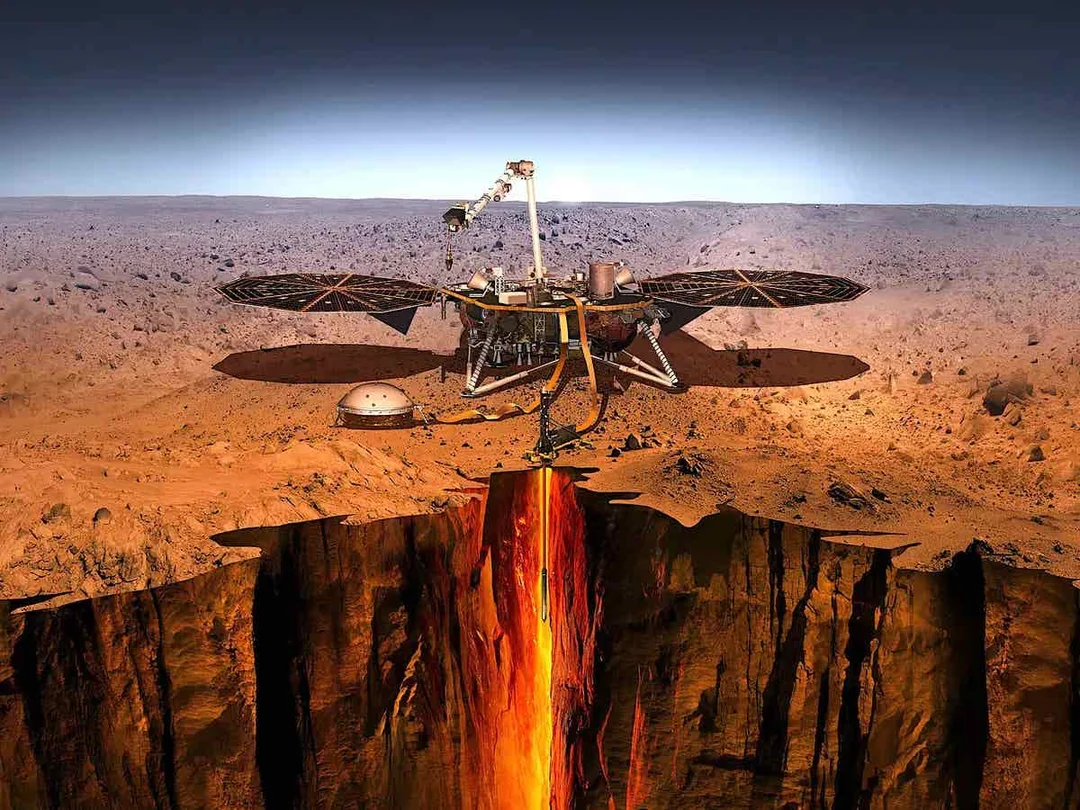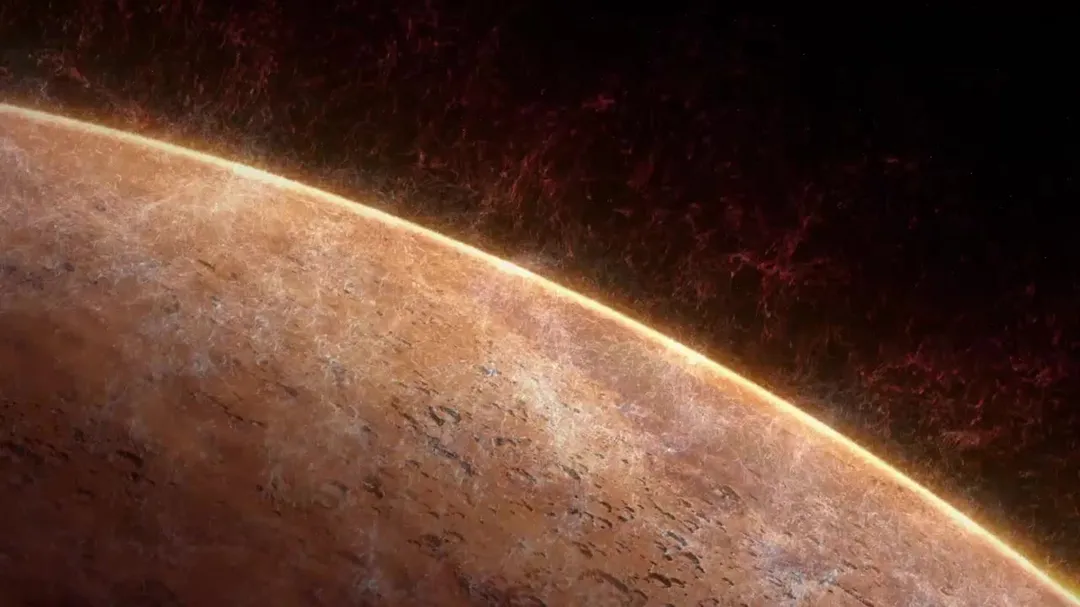
Hidden Oceans on Mars? Scientists Uncover Evidence of Subsurface Water Reservoirs
For years, scientists have debated the fate of the vast amounts of water that once flowed freely across the surface of Mars. Now, exciting new research suggests that a significant portion of this ancient water may still exist, hidden beneath the Martian crust. Could these subsurface reservoirs hold the key to understanding Mars' past habitability and the potential for future human exploration?
Recent studies, leveraging seismic data from NASA's InSight lander, have revealed compelling evidence for the presence of liquid water deep below the surface. This discovery, detailed in a paper published in National Science Review, suggests that a layer of liquid water may reside in porous rocks between 3.4 and 5 miles (5.4 and 8 kilometers) below the surface. The research team, including Dr. Weijia Sun and Dr. Yongxin Pan from the Chinese Academy of Sciences, and Dr. Hrvoje Tkalčić from The Australian National University, used seismic waves generated by meteorite impacts and marsquakes to map the Martian subsurface.

The key finding was a noticeable drop in seismic wave speeds at this depth, indicating the presence of softer, porous rocks likely saturated with liquid water. This "low-velocity layer," as the scientists call it, could represent a significant reservoir of water, potentially holding between 520 to 780 meters of global equivalent layer (GEL). To put that in perspective, that's a volume similar to the amount of water currently held in Antarctica’s ice sheet.
"The presence of liquid water is regarded as one of the most critical factors in this endeavor [the search for extraterrestrial life]," said Weijia Sun, highlighting the profound implications of the discovery. This finding corroborates other theories that suggest the Red Planet lost a lot of its water not to space, but to the planet's interior.
Seismic waves, unlike ground-penetrating radar used in previous missions, can penetrate the Martian crust far deeper, giving researchers a unique glimpse beneath the surface. Dr. Hrvoje Tkalčić explained that the team used a technique called 'receiver functions,' analogous to echoes mapping a cave, to precisely identify the thicknesses of layers and changes in rock properties.
While the estimated volume of water is based on readings from a single location, the implications are far-reaching. The discovery not only reshapes our understanding of Mars' history and potential for past or present life but also offers practical implications for future human exploration.Subsurface water reserves could potentially be used for drinking water, oxygen generation, and even agriculture, making Mars a more sustainable destination for future colonies.
"These findings offer critical insights into the Martian water cycle," emphasized Dr. Sun, underscoring the scientific significance of the research. Future missions equipped with advanced seismometers or drilling equipment could directly investigate these deep aquifers, potentially revolutionizing our search for extraterrestrial life.
This research leaves us with a compelling question: If a significant volume of water exists beneath the surface, what other secrets does Mars hold? What form might life, if any, take in these subterranean environments? Share your thoughts and theories in the comments below!